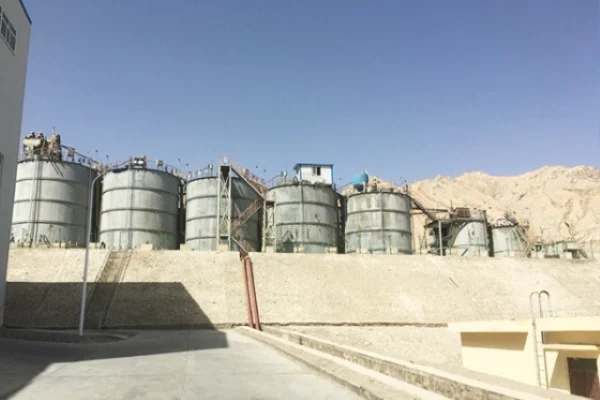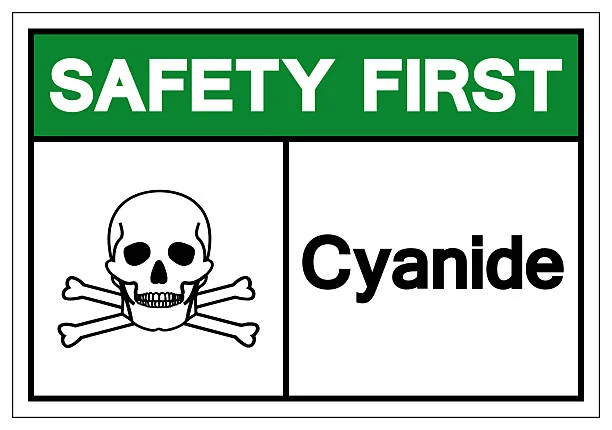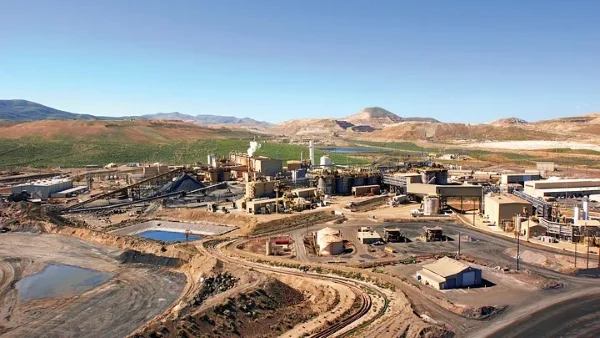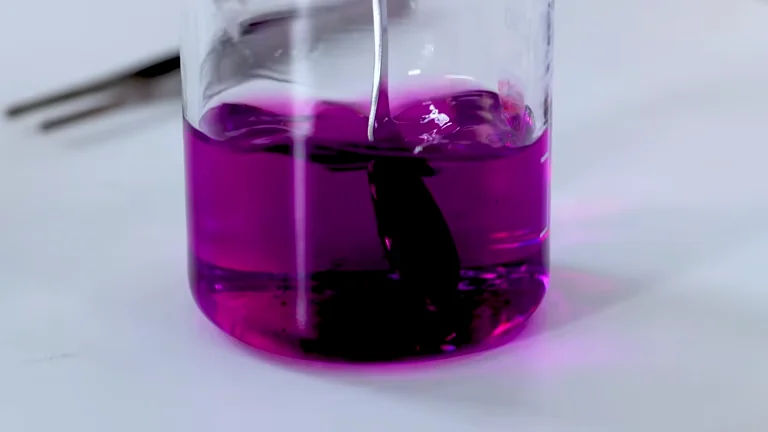
1. Introduction
In the gold mining industry, Cyanide leaching is a widely used method for extracting gold from ores. However, the use of Sodium cyanide, a highly toxic chemical, not only poses significant environmental and safety risks but also incurs high costs. Reducing the consumption of Sodium Cyanide in cyanide carbon-in-pulp plants has become an urgent task to improve the economic efficiency and environmental friendliness of the production process. This article presents the results of a production test aimed at reducing sodium cyanide consumption in a cyanide carbon-in-pulp plant.
2. Background of the Problem
The high consumption of sodium cyanide in cyanide carbon-in-pulp plants is mainly due to several factors. Firstly, the presence of various impurities in the ore, such as copper, zinc, and iron, can react with cyanide, resulting in the consumption of a large amount of sodium cyanide. Secondly, the improper control of leaching conditions, such as pH value, temperature, and aeration rate, can also lead to increased sodium cyanide consumption. In addition, the inefficiency of the leaching equipment and the recycling system of cyanide solution may further exacerbate this problem. Therefore, it is necessary to conduct in-depth research and exploration to find effective measures to reduce sodium cyanide consumption.
3. Research Methods
3.1 Ore Characterization
The first step of the research was to conduct a detailed characterization of the ore used in the cyanide carbon-in-pulp plant. The chemical composition, mineralogy, and particle size distribution of the ore were analyzed. This information was crucial for understanding the potential reactions between the ore components and sodium cyanide and for formulating appropriate strategies to reduce sodium cyanide consumption.
3.2 Optimization of Leaching Conditions
A series of experiments were carried out to optimize the leaching conditions. The effects of pH value, temperature, aeration rate, and leaching time on sodium cyanide consumption and gold extraction rate were investigated. Different combinations of these parameters were tested, and the optimal conditions were determined through comprehensive evaluation.
3.3 Pretreatment of the Ore
To reduce the negative impact of impurities in the ore on sodium cyanide consumption, pretreatment methods were explored. Two main pretreatment methods, namely flotation and roasting, were tested. The flotation method aimed to separate the valuable minerals from the impurities, while the roasting method was used to oxidize the sulfide minerals and remove some of the impurities that could consume cyanide.
3.4 Improvement of Cyanide Recycling System
The efficiency of the cyanide recycling system directly affects sodium cyanide consumption. In this research, improvements were made to the cyanide recycling system. New technologies and equipment were introduced to enhance the recovery rate of cyanide from the tailings and the leaching solution. Additionally, the quality of the recycled cyanide solution was carefully monitored and adjusted to ensure its effective reuse.
4. Results and Discussion
4.1 Effects of Leaching Condition Optimization
The optimization of leaching conditions achieved remarkable results. By adjusting the pH value to an appropriate range (around 10 - 11), increasing the temperature to 30 - 35 °C, and controlling the aeration rate at 0.5 - 1.0 L/min, the sodium cyanide consumption was significantly reduced. At the same time, the gold extraction rate remained stable or even increased slightly. These results indicated that proper control of leaching conditions could effectively promote the reaction between gold and cyanide while reducing the unnecessary consumption of sodium cyanide.
4.2 Results of Ore Pretreatment
The ore pretreatment methods also showed positive effects. The flotation pretreatment effectively separated some of the impurities, such as copper and zinc minerals, from the ore. As a result, the sodium cyanide consumption during the subsequent leaching process was reduced by about 20%. The roasting pretreatment, although more energy - intensive, was also very effective. After roasting, the sulfide minerals in the ore were oxidized, and the consumption of sodium cyanide decreased by approximately 30%. However, the choice of pretreatment method should be based on the specific characteristics of the ore and the overall economic and environmental considerations of the plant.
4.3 Improvement of Cyanide Recycling System
The improvement of the cyanide recycling system significantly increased the recovery rate of cyanide. The new technologies and equipment enabled the recovery rate of cyanide from the tailings to increase from the original 60% to over 80%, and the quality of the recycled cyanide solution was also improved. This improvement not only reduced the amount of fresh sodium cyanide required for production but also reduced the environmental impact of cyanide discharge.
5. Conclusions
Through this production test, several effective measures were found to reduce sodium cyanide consumption in the cyanide carbon-in-pulp plant. Optimizing leaching conditions, pretreating the ore, and improving the cyanide recycling system can all contribute to reducing sodium cyanide consumption. These measures can not only lower production costs but also enhance the environmental performance of the plant. However, it should be noted that the implementation of these measures needs to be carefully evaluated according to the actual situation of each plant, taking into account factors such as ore properties, production scale, and economic feasibility. Future research can focus on further improving the efficiency of these methods and exploring new technologies to achieve more significant reductions in sodium cyanide consumption in the cyanide carbon-in-pulp process.
- Random Content
- Hot content
- Hot review content
- Soda Ash Dense / Light 99.2% Sodium Carbonate Washing Soda
- QUALITY MANAGEMENT SYSTEMCERTIFICATE
- Company product introduction
- Shock Tube Detonator
- High Purity flotation reagents Sodium butyl Xanthate 90% SBX
- Anhydrous Ammonia 99% Liquid
- Hydrogen Peroxide
- 1Discounted Sodium Cyanide (CAS: 143-33-9) for Mining - High Quality & Competitive Pricing
- 2China's New Regulations on Sodium Cyanide Exports and Guidance for International Buyers
- 3Sodium Cyanide 98% CAS 143-33-9 gold dressing agent Essential for Mining and Chemical Industries
- 4International Cyanide(Sodium cyanide) Management Code - Gold Mine Acceptance Standards
- 5China factory Sulfuric Acid 98%
- 6Anhydrous Oxalic acid 99.6% Industrial Grade
- 7Oxalic acid for mining 99.6%
- 1Sodium Cyanide 98% CAS 143-33-9 gold dressing agent Essential for Mining and Chemical Industries
- 2High Quality 99% Purity of Cyanuric chloride ISO 9001:2005 REACH Verified Producer
- 3Zinc chloride ZnCl2 for High Molecular Weight Polymers Initiator
- 4High Purity · Stable Performance · Higher Recovery — sodium cyanide for modern gold leaching
- 5High Quality Sodium Ferrocyanide / Sodium Hexacyanoferr
- 6Gold Ore Dressing Agent Safe Gold Extracting Agent Replace Sodium Cyanide
- 7Sodium Cyanide 98%+ CAS 143-33-9










Online message consultation
Add comment: